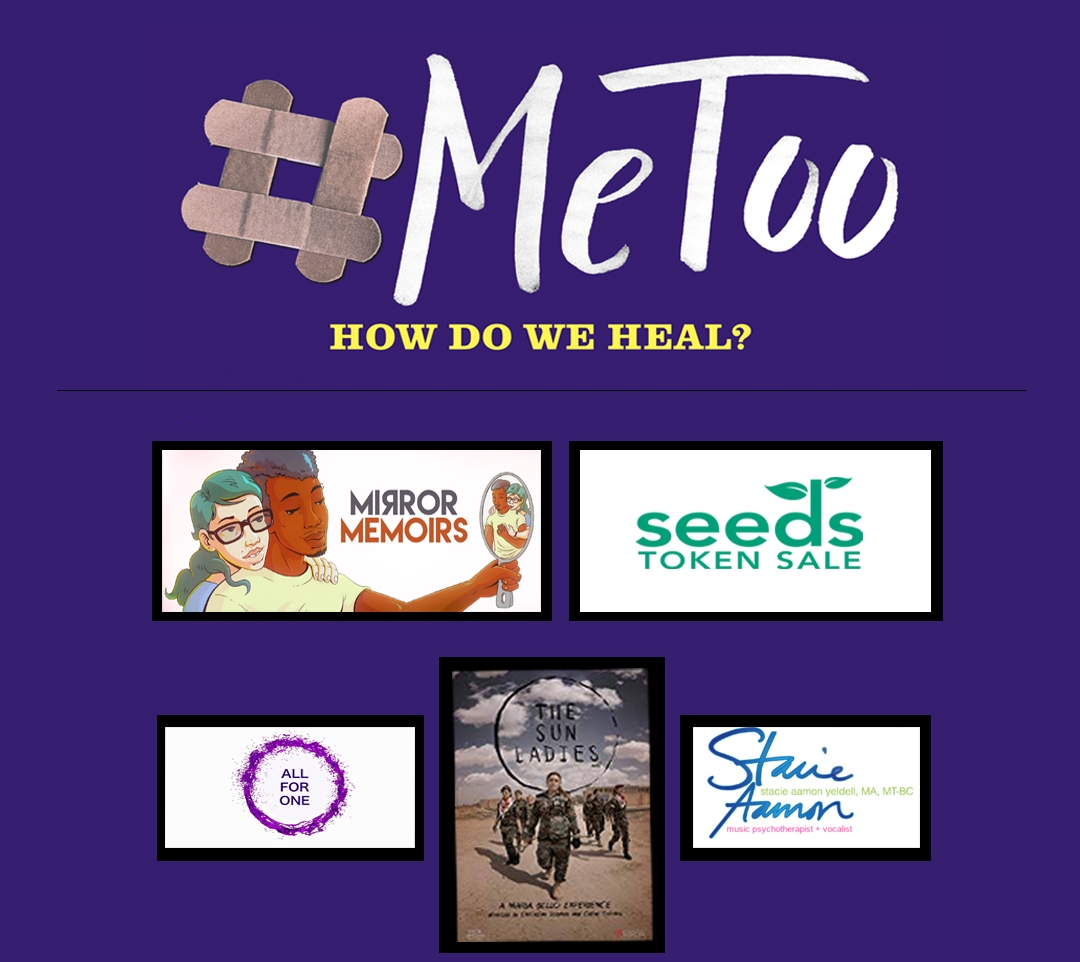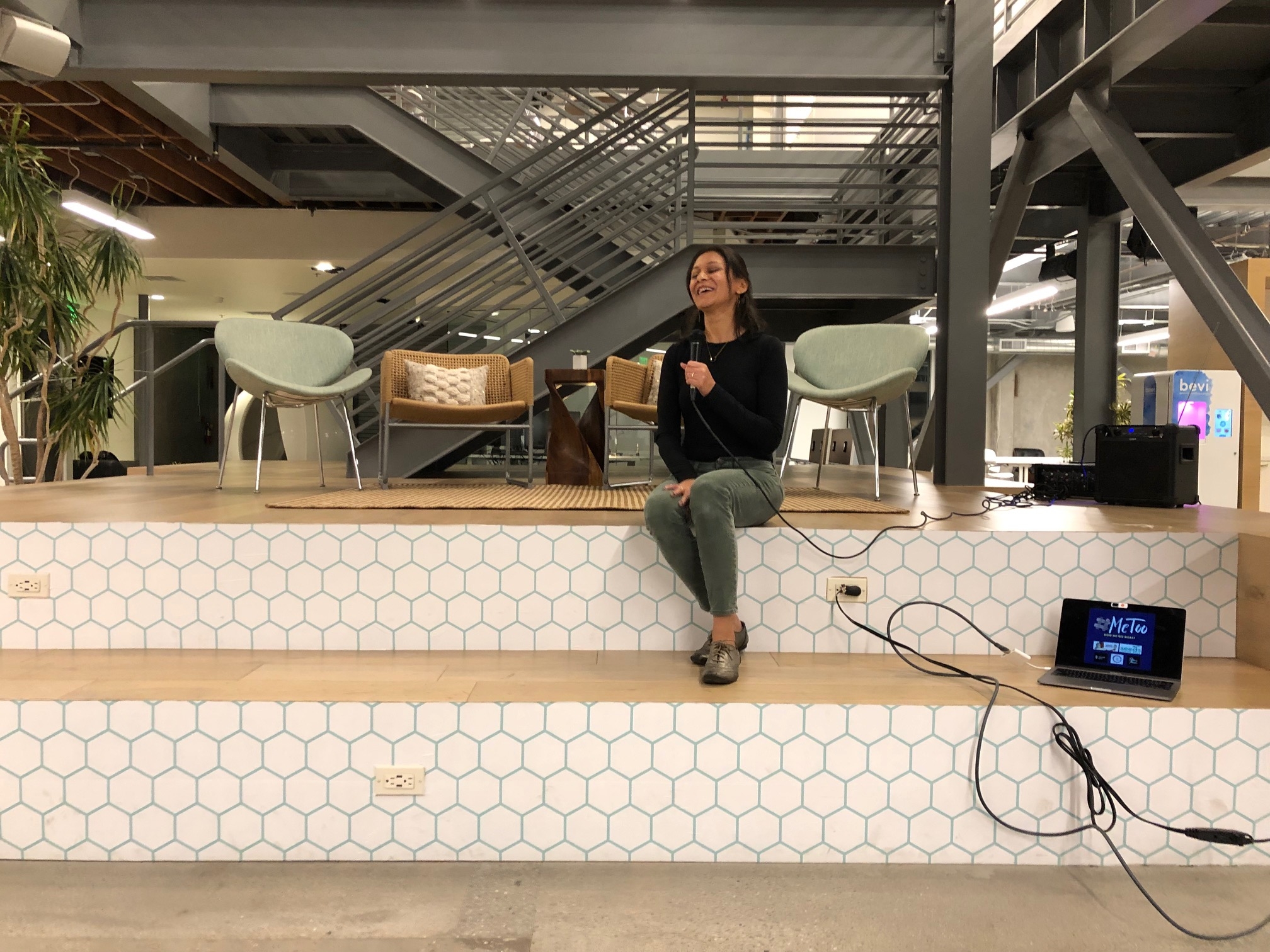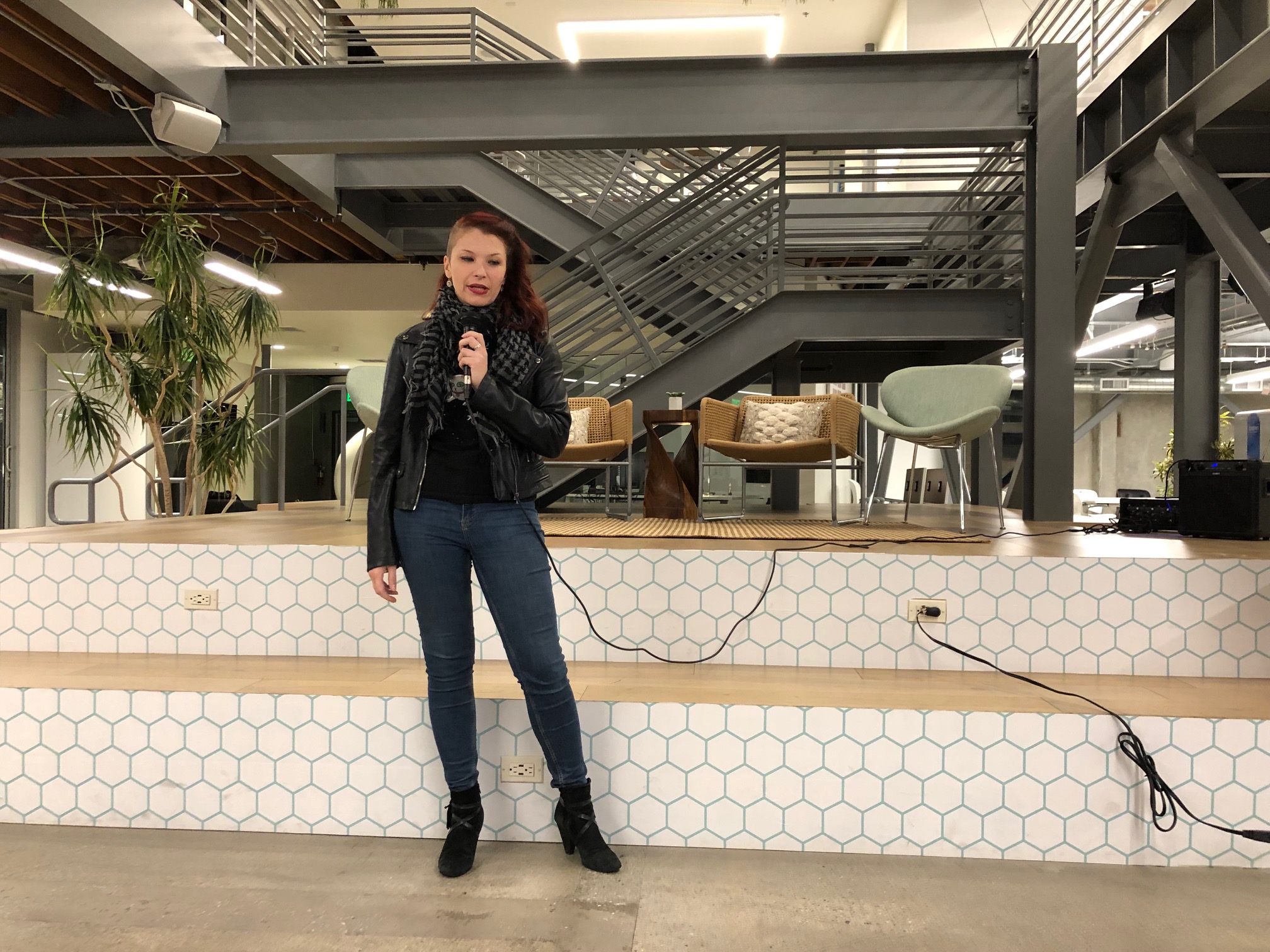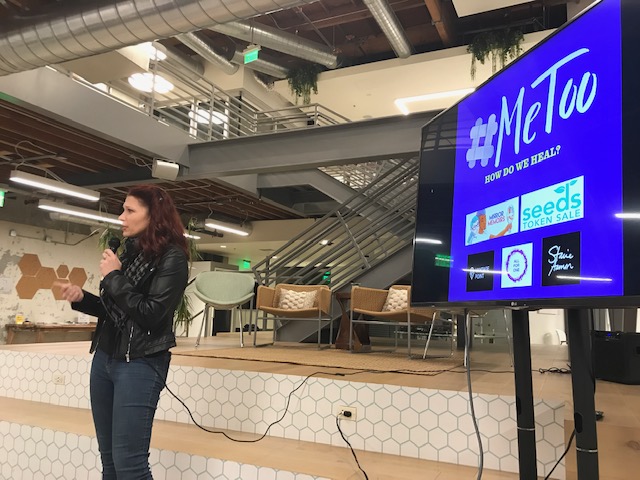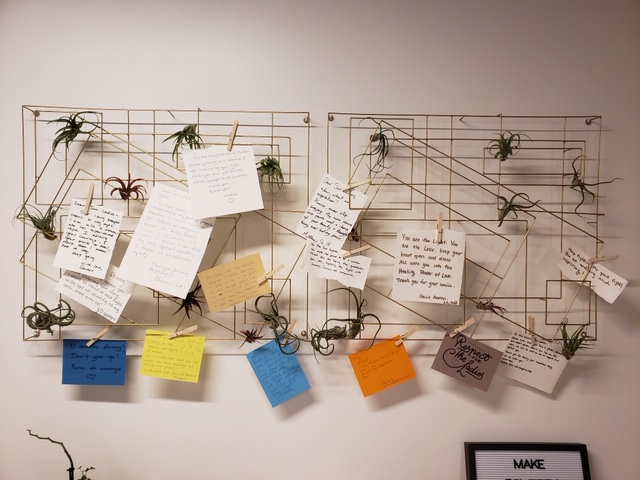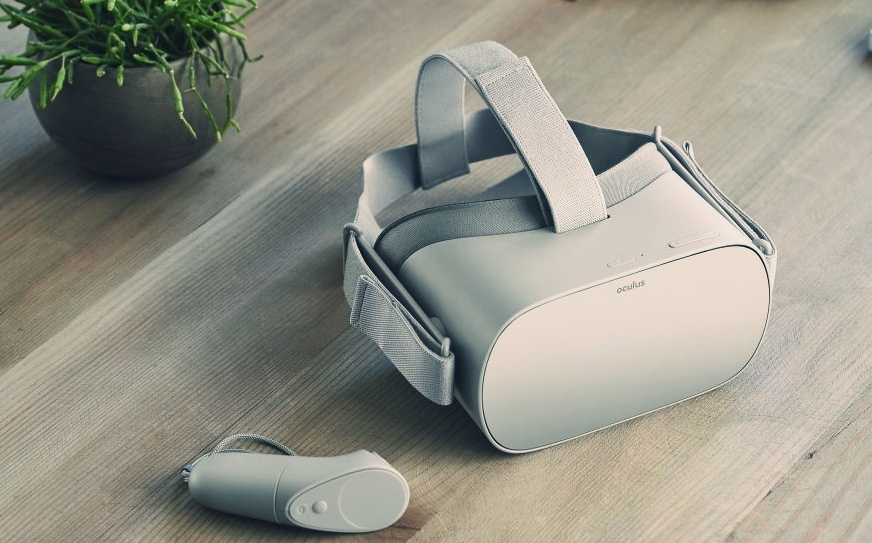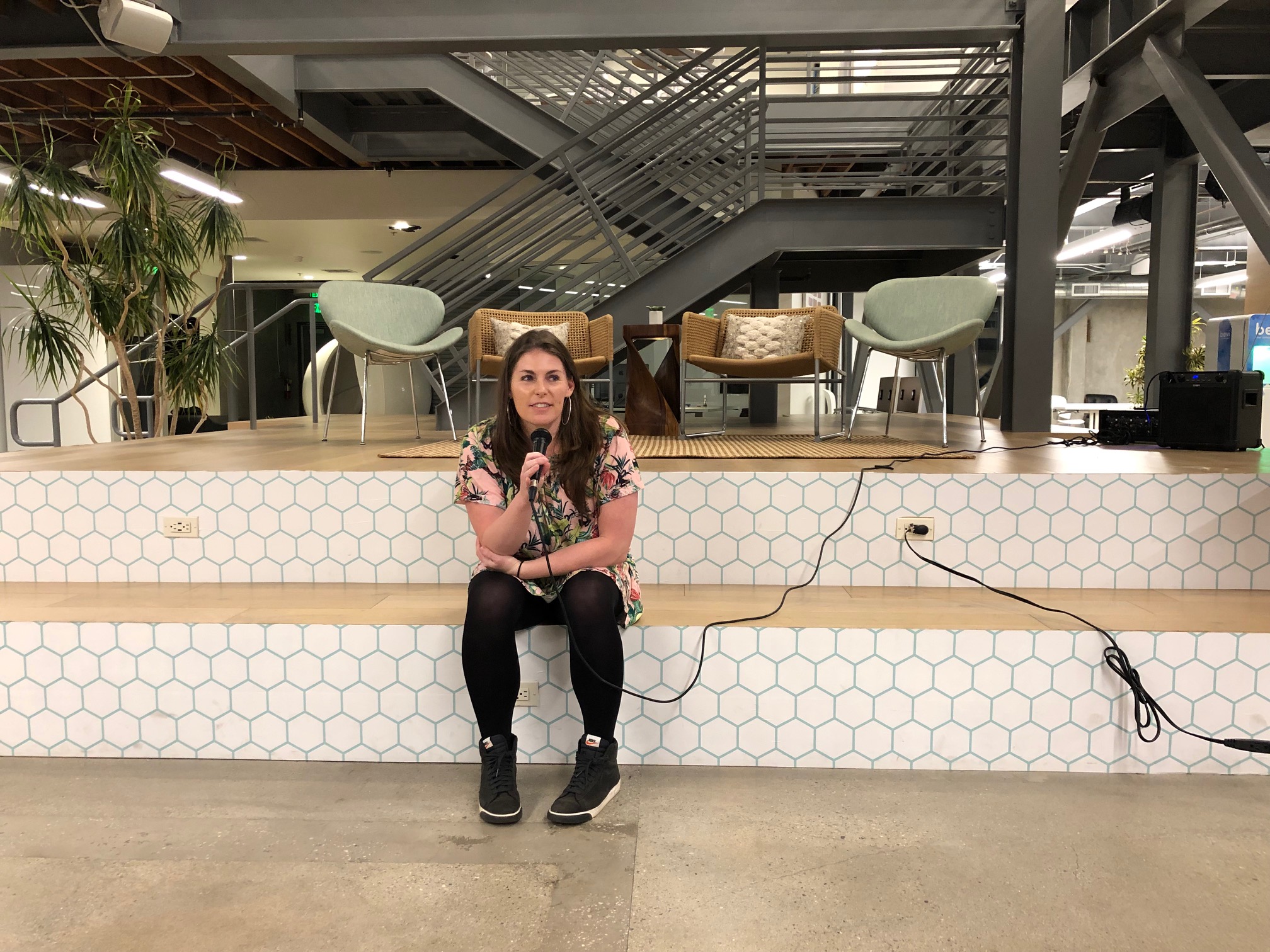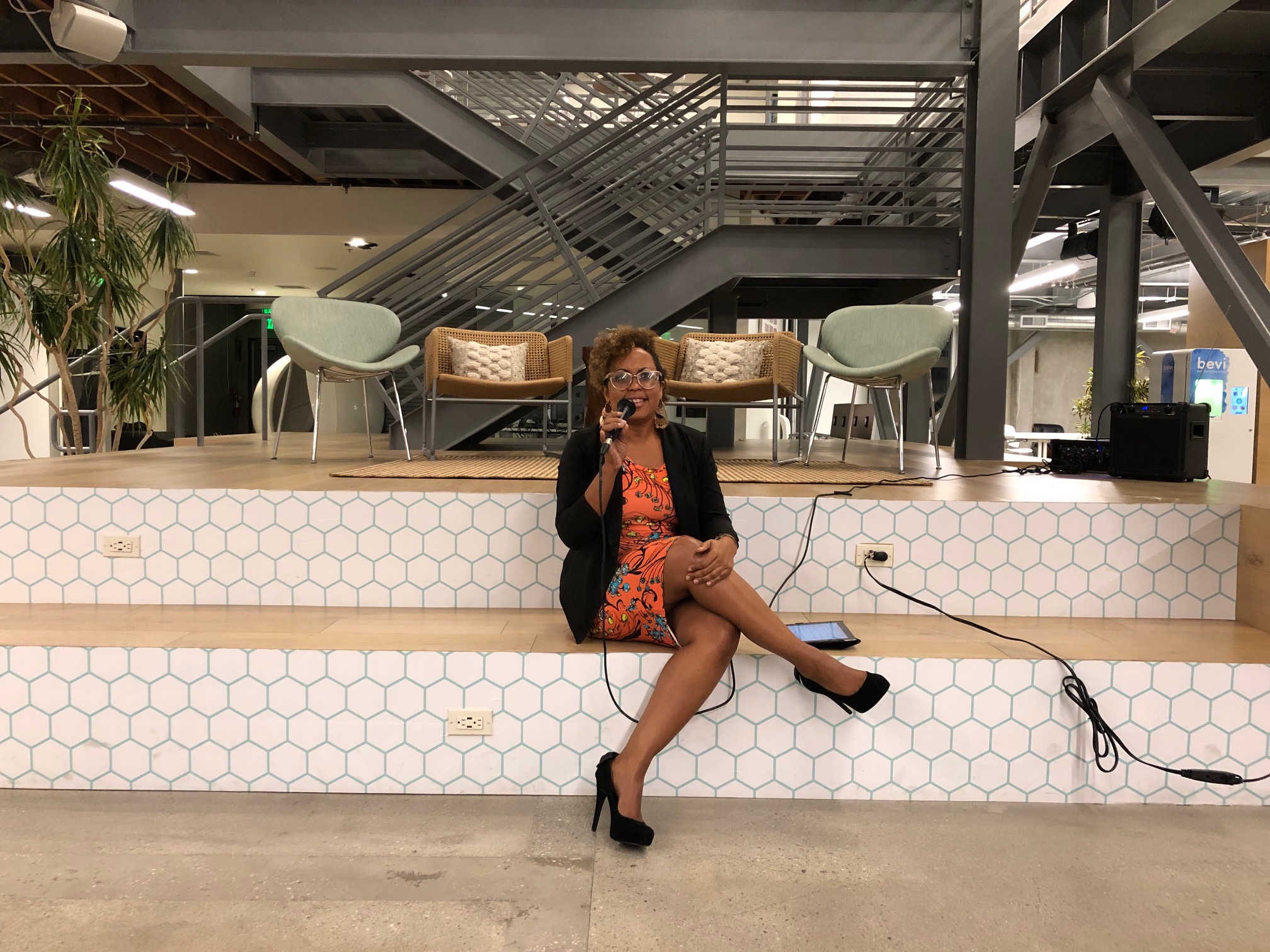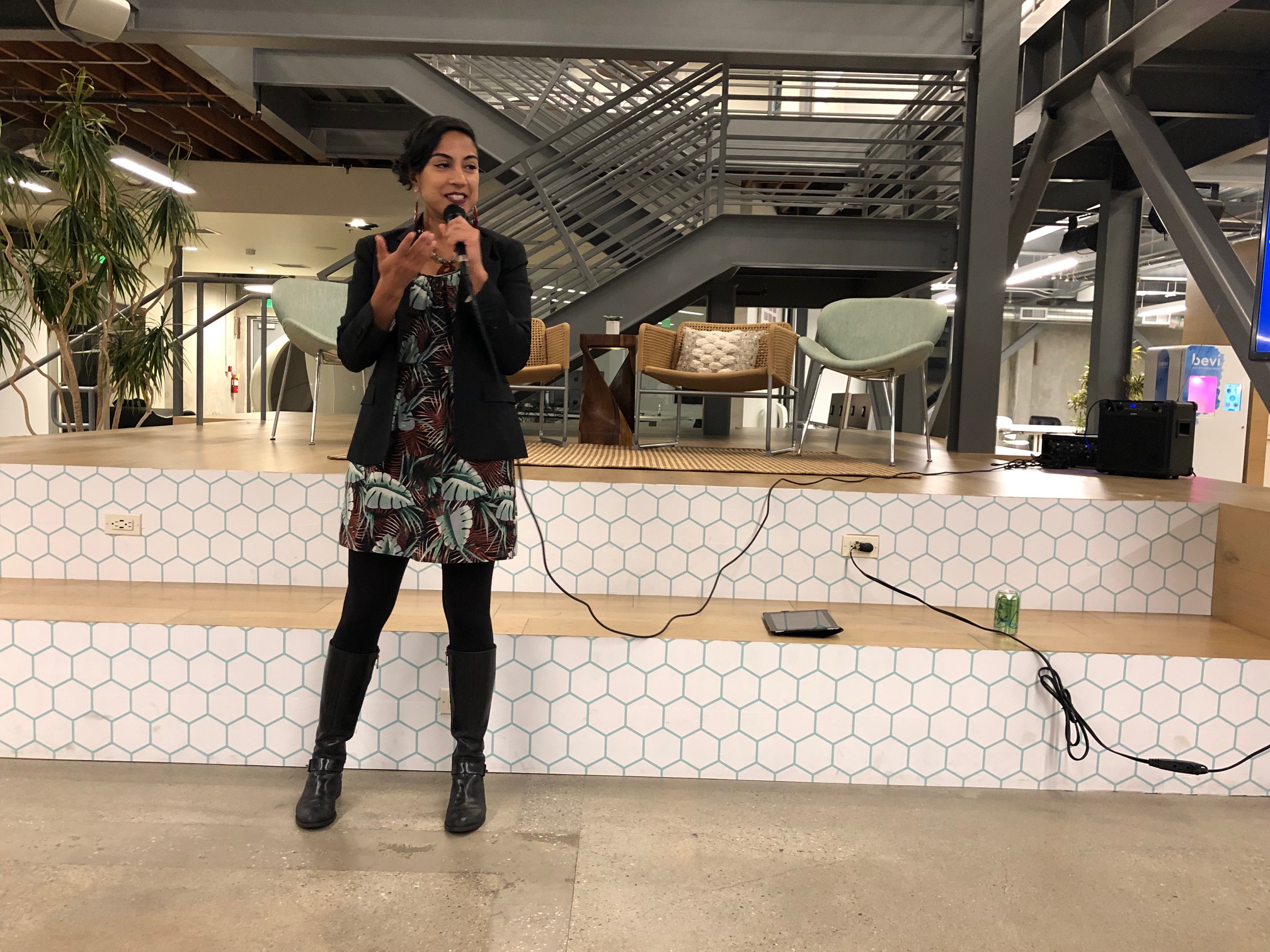After a long break from freelance work, I am exploring new ways to re-engage in a purposeful way. 2024 was a milestone year and brought on multiple shifts in how I see work, the world and interact with others. Taking the time (and funds) to embark on an Sub-Arctic adventure solidified many truths I’ve been circling around for years.
Arrived in Winnipeg, Manitoba January 30, 2025
I hadn’t expected to see much of Winnipeg, but happened to be staying in walking distance to the Canadian Museum for Human Rights. The Museum is beautifully designed and the structure itself is a statement in finding the light in the darkness. The walls are dark and lighting is soft. The walkway is warmly lit alabaster, representing the lighted path. There was clearly a conscious effort to incorporate philosophers from history and recognizing many cultures. Just outside of the museum is a bridge that leads across the frozen creek to the old town. Just near the entrance was a local map with red hand prints left on the map. I was glad to see this symbol of Missing and Murdered Indigenous Women (MMIW) was left in place and felt like an extension of the museum on public property.
Over the course of the next day and a half, I would meet 14 other others on the all women’s expedition to the town of Churchill. The incredible group included women in veterinary science, finance, law and the arts. The conversations were short as we traveled from Winnipeg to Churchill and moved from location to location. Still, they were rich in life experience, wisdom and humor. I can not describe how serendipitous it felt to meet everyone.
February 1 & 3, 2025
A few women on the trip had taken trips to various locations and came away without having the auroras reveal themselves. The lights were spectacular on our very first night there. The greens filled the night sky.
We were in negative 20-30 degree temperatures and braved moments outside heated cabins to see the lights. Otherwise I don’t think I would have been able to capture any photos or see them for more than a minute. The first night lasted over an hour and seemed to fill the sky with green. The second night was a quick appearance with more colors and quite a bit of movement. The lights danced for us in pockets in the sky. The indigenous populations say the auroras are the ancestors coming forth and we definitely felt the magic in the air. It felt like a blessing.
February 3, 2025
We visited the David Daley dog sledding kennels and had a series of great conversations. There was a moment when his son Wyatt said,
“It’s too late to learn my language.”
February 4, 2025
When visiting Sandra Cook’s space, we learned about her art and the repatriation schools and how is damaged her relationship with her father. Sandra’s art manifested this pain and brought awareness to the lost children. She spoke of struggling with representing her own ancestry because she had a white mother.
”I need a buffer against judgement.”
”Am I entitled to this pain?”
These interactions stayed with me and after some processing I landed on:
The oppression is so affective that it guides the personal experience and infiltrates internal dialgue. There are elements of internalized racism at play here. ONLY buy owning our own culture can we embrace it fully. Only then can we begin to undo the oppression that stands in the way of having equity.
This spoke to me as an Indo-Caribbean woman who was called “Yankee” by some family members growing up. I now know it’s a common feeling for those of us born in the U.S. to feel too dark for the white people and too light or uncultured for the brown people. It’s disorienting and exclusionary and as I child there was no way to connect. I’m still on that journey to feel comfortable speaking about my own ancestry.
My takeaways from this experience:
Learn the language.
Share traditions.
Release the shame.
Accept the good and bad of our respective cultures.
Highlight the similarities and shared experiences. Cross pollinate through sharing food and art.
By being who we are (however that manifests) we honor our ancestors.




















